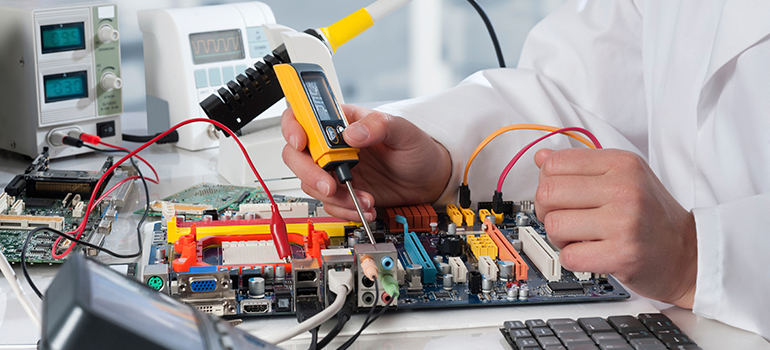Pet Product Safety

Our Furry Friends Need Protection Too!
20 September 2016
As pet owners increasingly "humanize" their pets, seeing them more as members of the family, they are demanding better quality products and the assurance of safety. It's no surprise then that the pet product industry is on the rise. According to the American Pet Product Association (APPA), the industry has increased more than 60 percent in the last decade and is estimated to have a total value of about $63 billion in 2016. As the industry grows and perceptions of pets change, consumers are looking for healthier, safer alternatives for their furry friends, looking for toys that cannot be destroyed and ingested, collars and leashes that can withstand their dog's pull forces and other accessories that can be trusted as a safe and reliable product.
Currently, there are no mandatory or voluntary regulations for pet products in the U.S. In an attempt to fill this gap, some companies will adopt the laws for children's toys for their products. Unfortunately, the physical/mechanical testing requirements in these standards aren't adequate in addressing the extreme use and abuse conditions exhibited by animals. Similarly, while the chemical requirements may be suitable in protecting human children, research is drastically limited in understanding the toxicological hazards with cats, dogs, and other pets.
Despite this lack of regulatory guidance, we are seeing an increase in government surveillance on pet products. From 2007-2015, the Food and Drug Administration (FDA) received more than 5,200 complaints of illnesses in cats and dogs associated from poultry jerky treats, including 1,100 canine deaths. In response, the FDA officially issued an import alert for any treats containing certain antivirals or antibiotics suspected to cause deleterious toxic effects. Additionally, a bill was proposed to New York state senate last year and is the first of its kind to present definitive regulations for toxic chemicals in pet products. In terms of physical hazards, European authorities have issued recalls due to the release of small parts in pet products, even though this is not specified in any applicable regulation.
To better navigate an industry with so few regulations, manufacturers and designers should be aware of the extreme biting, pulling, scratching, and chewing behaviors of our pets. Ensuring a safe and quality product means being able to withstand these behaviors, so replicating these conditions as part of testing protocol is advisable where possible. Additionally, the selection of high quality materials will likely lead to a more durable and preferred product by the consumers. This consideration for safety and protection is hopefully the beginning of the trend for accurate and representative safety regulations to ensure more robust products within the pet product industry.
Jared Fry is the Research Manager within Intertek's Product Assurance-Safety team. He is an expert on pet product safety, having researched, developed, and implemented techniques for evaluating and minimizing hazards in these products.
Tags: 2016 | Jared Fry | Product Design | Safety & PPE

Jared Fry,
Research Manager, Intertek Product Assurance-Safety


